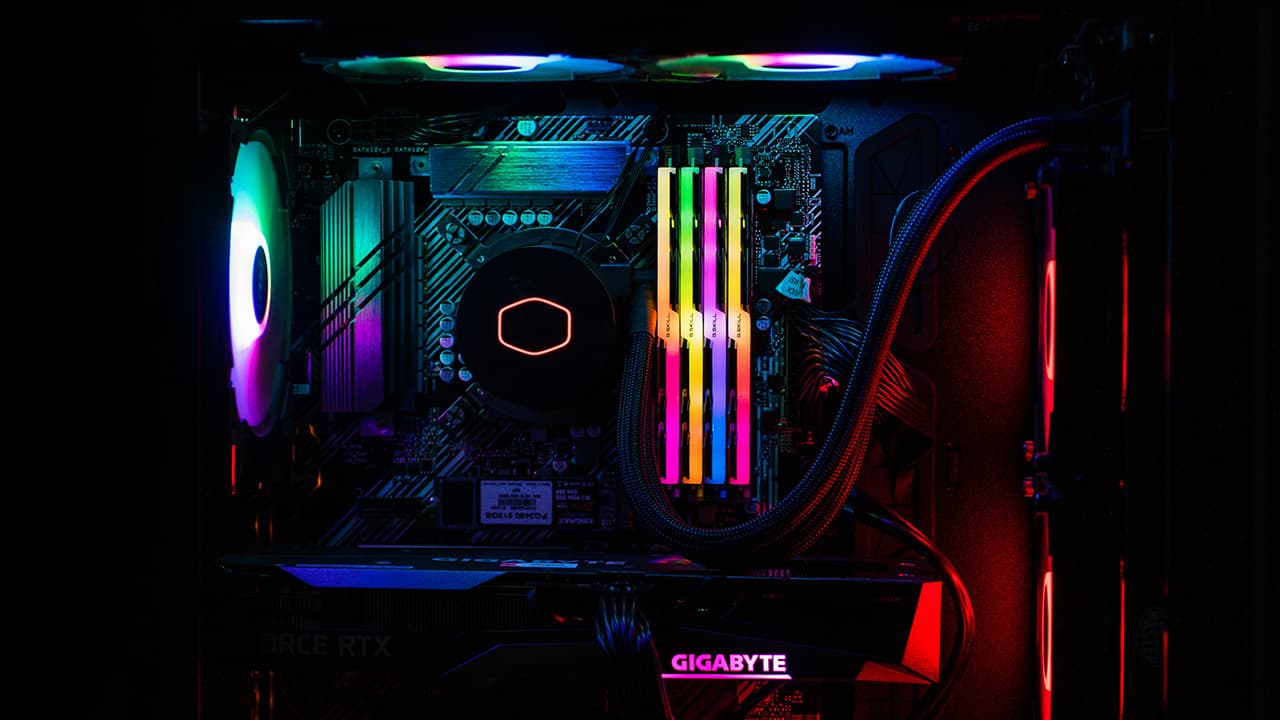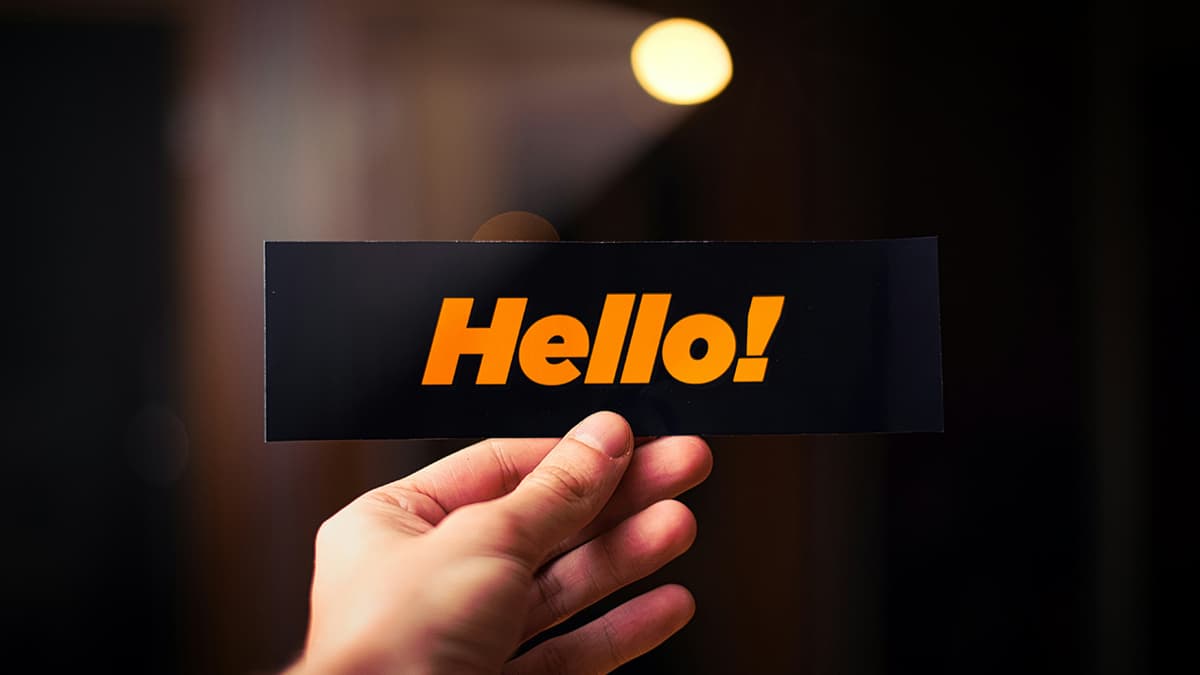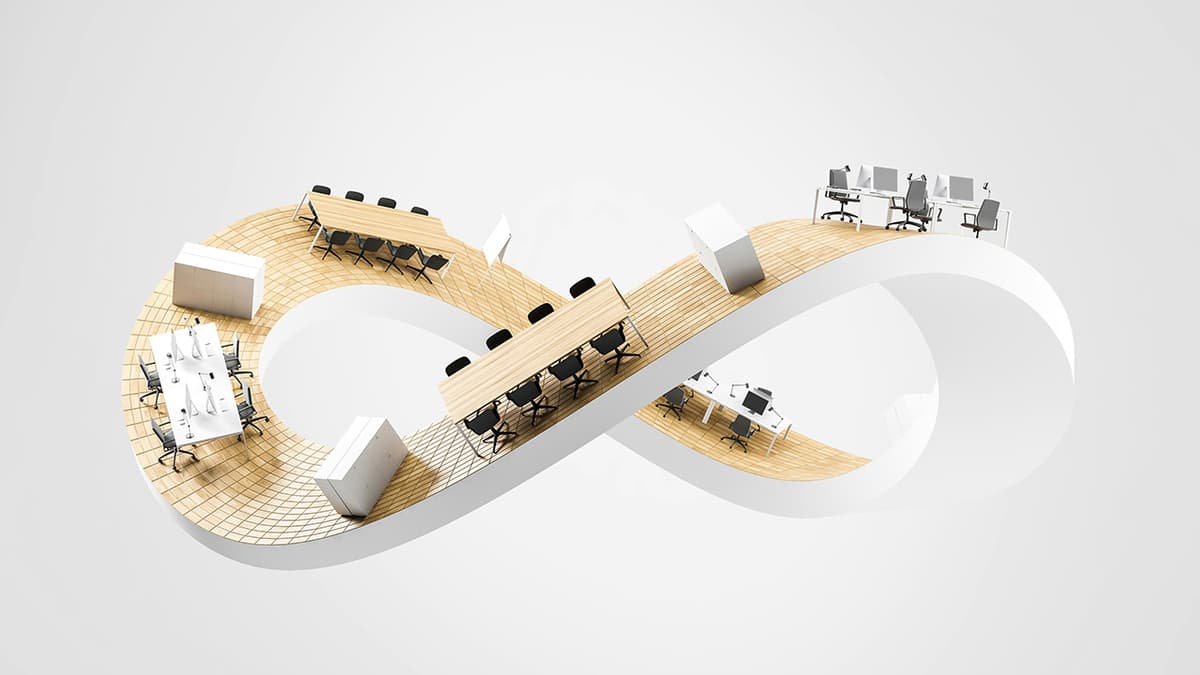Understanding the Difference and Relationship Between a Graphic Card and a GPU
In the world of computers, terms like "graphic card" and "GPU" are often thrown around, especially when discussing video games, graphic design, or any task that requires rendering images or videos. While these terms are related, they're not exactly the same. Let's break down the difference and relationship between a graphic card and a GPU in simpler terms.
What is a GPU?
GPU stands for Graphics Processing Unit. It's a specialized processor designed to accelerate the creation and rendering of images, animations, and video. Think of it as an artist skilled in drawing and painting images very quickly. This artist works differently from others, focusing solely on creating visual content efficiently and with high quality. The GPU is essential for performing complex mathematical and geometric calculations that are necessary for graphics rendering.
What is a Graphic Card?
A graphic card, on the other hand, is a piece of hardware installed inside a computer. You can think of it as a box that contains the GPU (our skilled artist), along with other components it needs to do its job effectively. These components include RAM (memory dedicated to storing visual data), a cooling system (to keep the GPU from overheating), and connections for output to a display (like your computer monitor).
The Relationship Between a GPU and a Graphic Card
The relationship between a GPU and a graphic card is akin to the relationship between an engine and a car. Just as an engine is a crucial component that powers a car, the GPU is the core component that drives the graphic card's ability to render images. However, just like a car needs more than just an engine to function (such as wheels, a steering system, and brakes), a GPU requires the infrastructure provided by the graphic card to operate. This includes power from the computer, a way to cool down, and a connection to the computer's motherboard to communicate with the rest of the system.
How They Work Together
In practice, the GPU and the rest of the graphic card work together to render images and video on your screen. When you play a video game or use a graphic design software, your computer's CPU (Central Processing Unit) sends instructions to the graphic card. The GPU then uses its specialized abilities to calculate and render the visuals, which are stored in its memory. Finally, the graphic card outputs the image to your monitor.
The synergy between the GPU and the graphic card's other components is crucial. For instance, faster memory on the graphic card can help the GPU render images more quickly, leading to smoother video playback or more responsive gameplay.
The Role of GPUs and Graphic Cards in AI Training Tasks
When it comes to training AI models, GPUs play a crucial role, significantly more so than the broader graphic card infrastructure. AI training involves processing vast amounts of data and performing complex calculations at a high speed, tasks at which GPUs excel due to their parallel processing capabilities.
Unlike traditional CPUs that process tasks sequentially (one after the other), GPUs can process many tasks simultaneously. This makes them incredibly efficient for the matrix and vector computations that are common in machine learning and deep learning tasks. In the context of AI, the raw computational power of the GPU is harnessed rather than its ability to render graphics.
While these GPUs are often housed within graphic cards for convenience and compatibility with computer hardware, specialized versions exist that are optimized for AI tasks rather than gaming or graphic design. These specialized GPUs might still be part of a "graphic card-like" setup, but their design and the accompanying software are tuned for accelerating AI computations.
So, in the world of AI training, it's the GPU's processing power that's in high demand, showcasing a fascinating and powerful alternative application of this technology beyond its original purpose in graphics rendering.
Understanding the difference between a graphics card and a GPU is like comparing a whole car to its engine – the first one includes the second as part of a bigger setup. This understanding helps explain how the images on your screen come to life, giving you the tools for wise hardware updates, solving problems more effectively, and a deeper respect for the details of modern computers. Whether you're a gamer, a designer, or just curious about how your computer works, knowing the unique roles of GPUs and graphics cards is the start of diving into the rich details of today's tech.












